Driving Impressions: Soft Silence
Standard Airmatic Air Suspension with an Adaptive Dampening System delivers a cushy ride, though the EQS is prone to some odd secondary rebound, meaning it bounces back from a bump, then takes a moment to fully settle. Even with the larger 21-inch wheels, the suspension does a commendable job soaking up imperfections and softening them to a barely recognizable degree. The 450+ might be the least peppy EQS, but it still delivers a strong punch off the line that won’t crush your head into those integrated pillows. Drivers can opt for silent acceleration or turn on one of three sound experiences: Silver Waves (sci-fi noises), Vivid Flux (a deeper hum), and Roaring Pulse (imitating a gasoline engine). These sounds get a bit louder in Sport mode, but aren’t annoying unless you go full throttle.
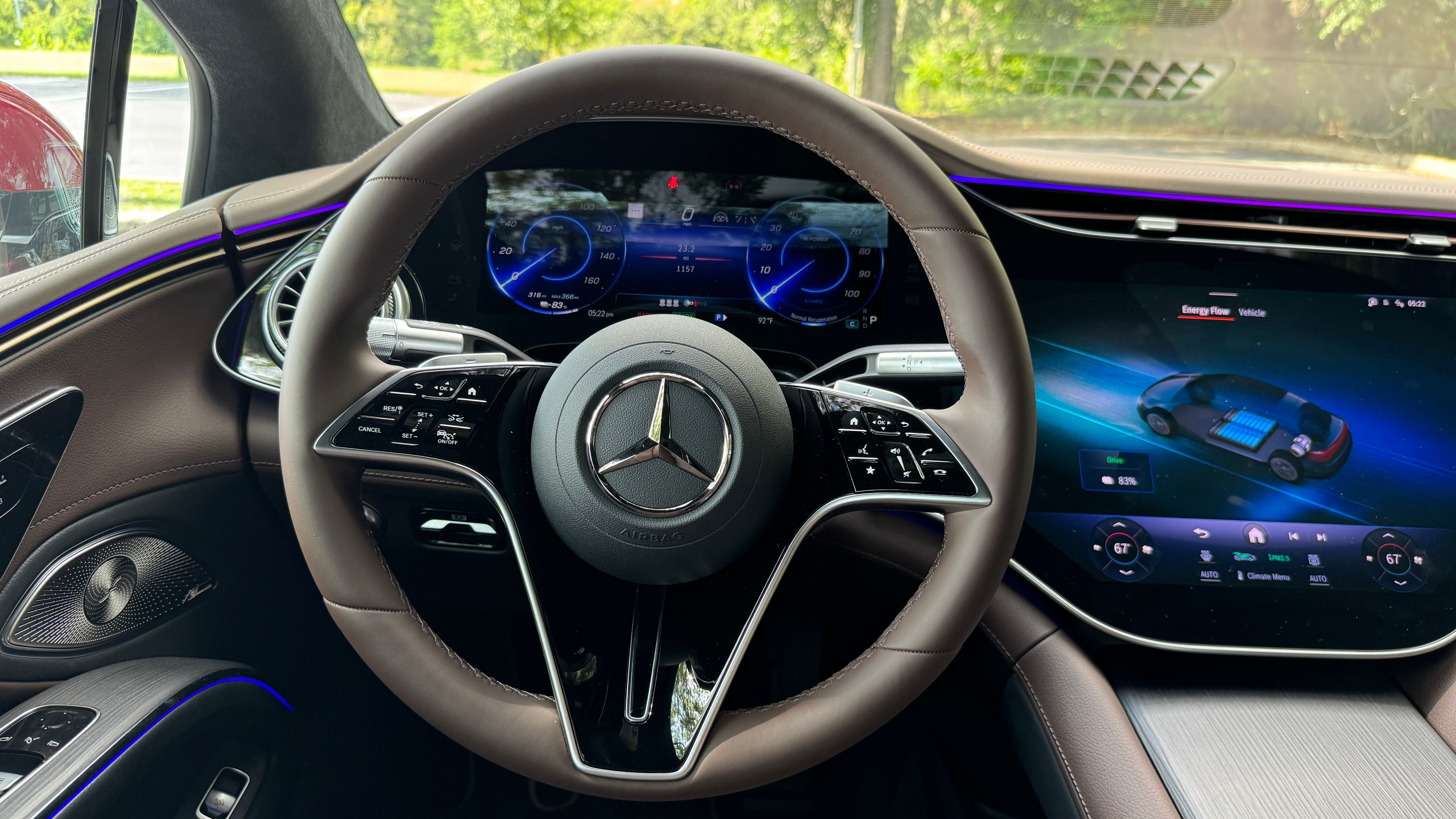
While we love how even the base EQS goes, we are less enamored by how it stops. The brake pedal is difficult to modulate smoothly, especially with regeneration turned on. Mercedes actually programs the pedal to move during regen, so it’s never quite where you expect it to be; this can actually be shocking if you aren’t ready for it. There’s also an Intelligent Mode for the regenerative brakes, which pulls the car down to an appropriate speed based on the car in front (like adaptive cruise control).
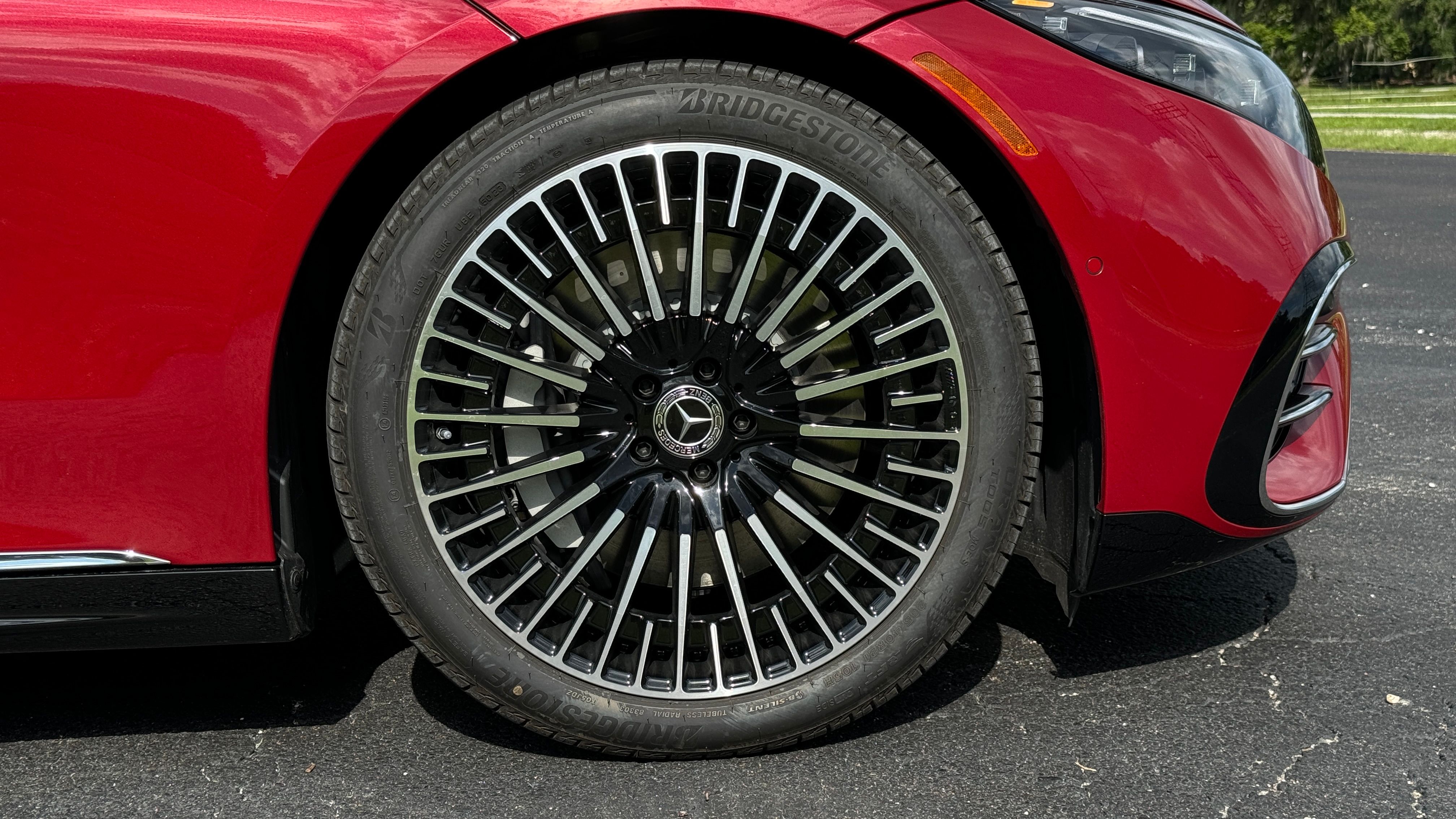
The steering is light with an artificial feel, which is fine for this class of vehicle. Rear-wheel steering up to 10 degrees helps the EQS shrink during slow-speed maneuvers such as parking. This is a comfortable cruiser rather than a sporty driver, so opt for the AMG model if you desire background thrills.
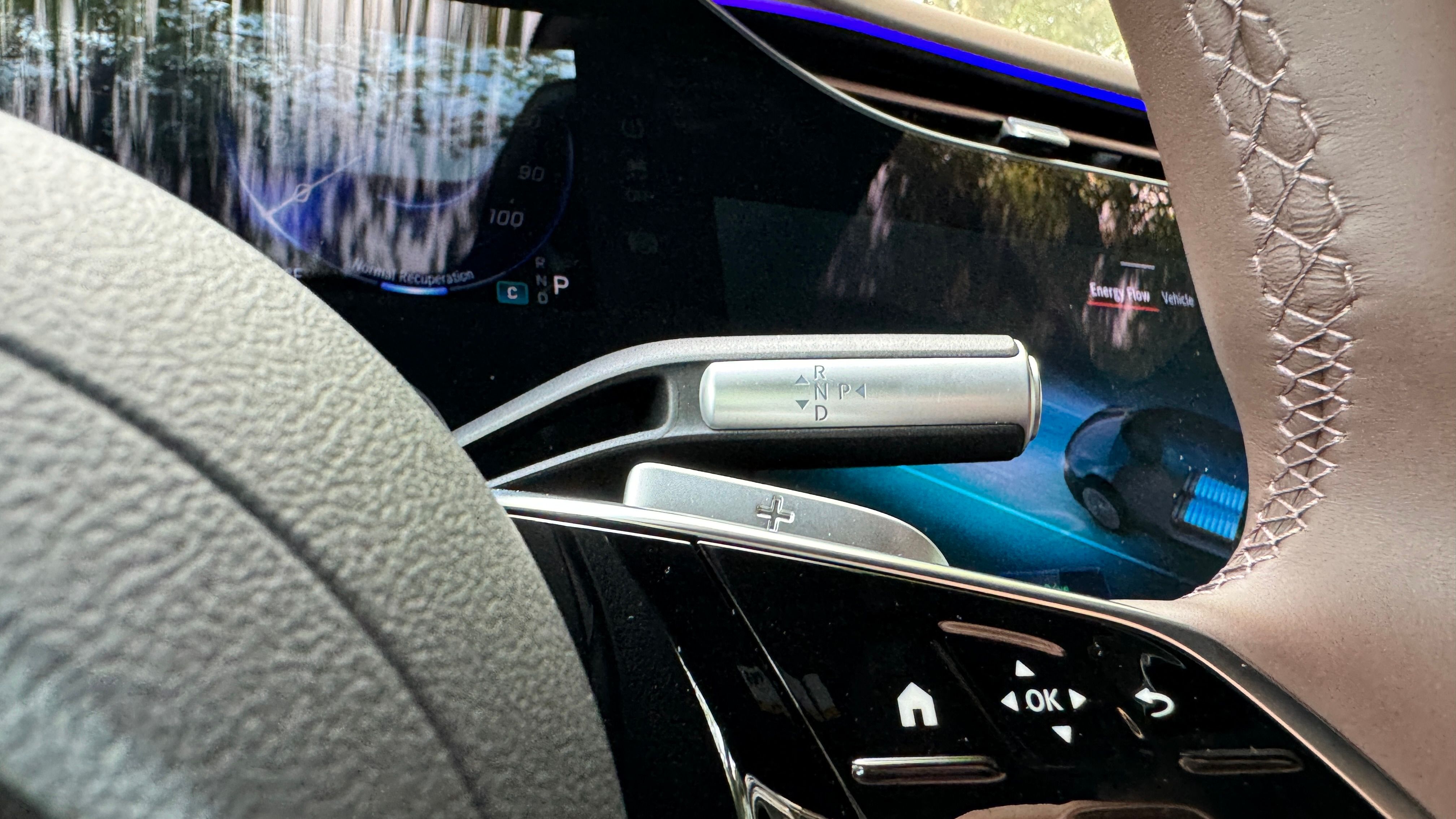
Pricing & Verdict: Luxury Done Differently
As the EQS Sedan is the flagship electric model in the Mercedes lineup, it’s priced accordingly. The EQS 450+ starts at $104,400, and it only costs $3,000 more for the 4MATIC model. Given that the 4MATIC gets more torque and only loses seven miles of range, we think it’s well worth the price. If buying a six-figure car isn’t a problem for you, stepping up to the EQS 580 4MATIC might not be a stretch for $127,350. The 580 brings the acceleration to more thrilling levels without compromising on range.
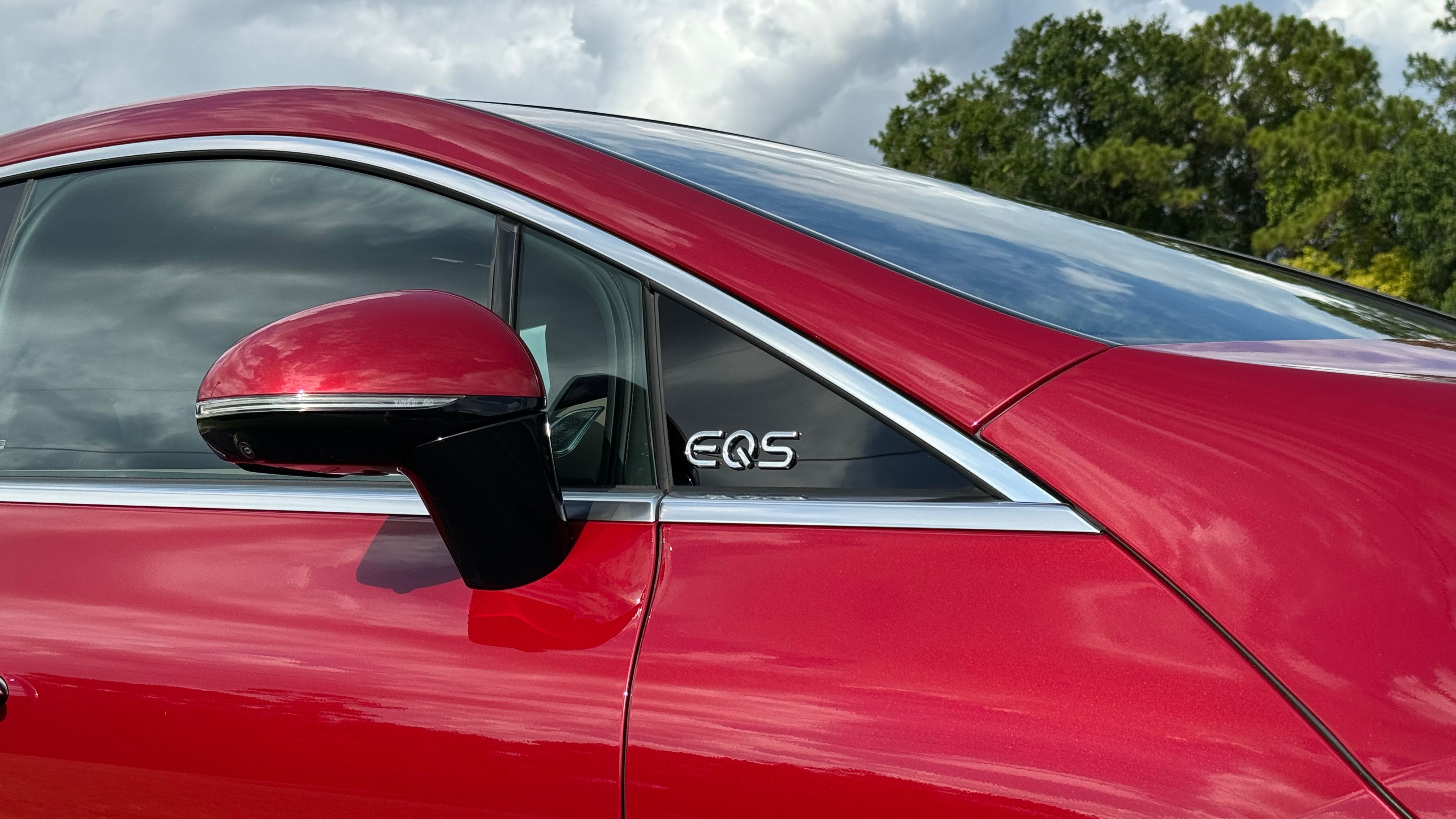
Even at these prices, there are still many options to add. Our 450+ exceeded the 580’s price with an as-tested MSRP of $128,010 (including the $1,120 delivery fee). The $9,400 MANUFAKTUR Signature Interior was the biggest option, but there were plenty of other add-ons.
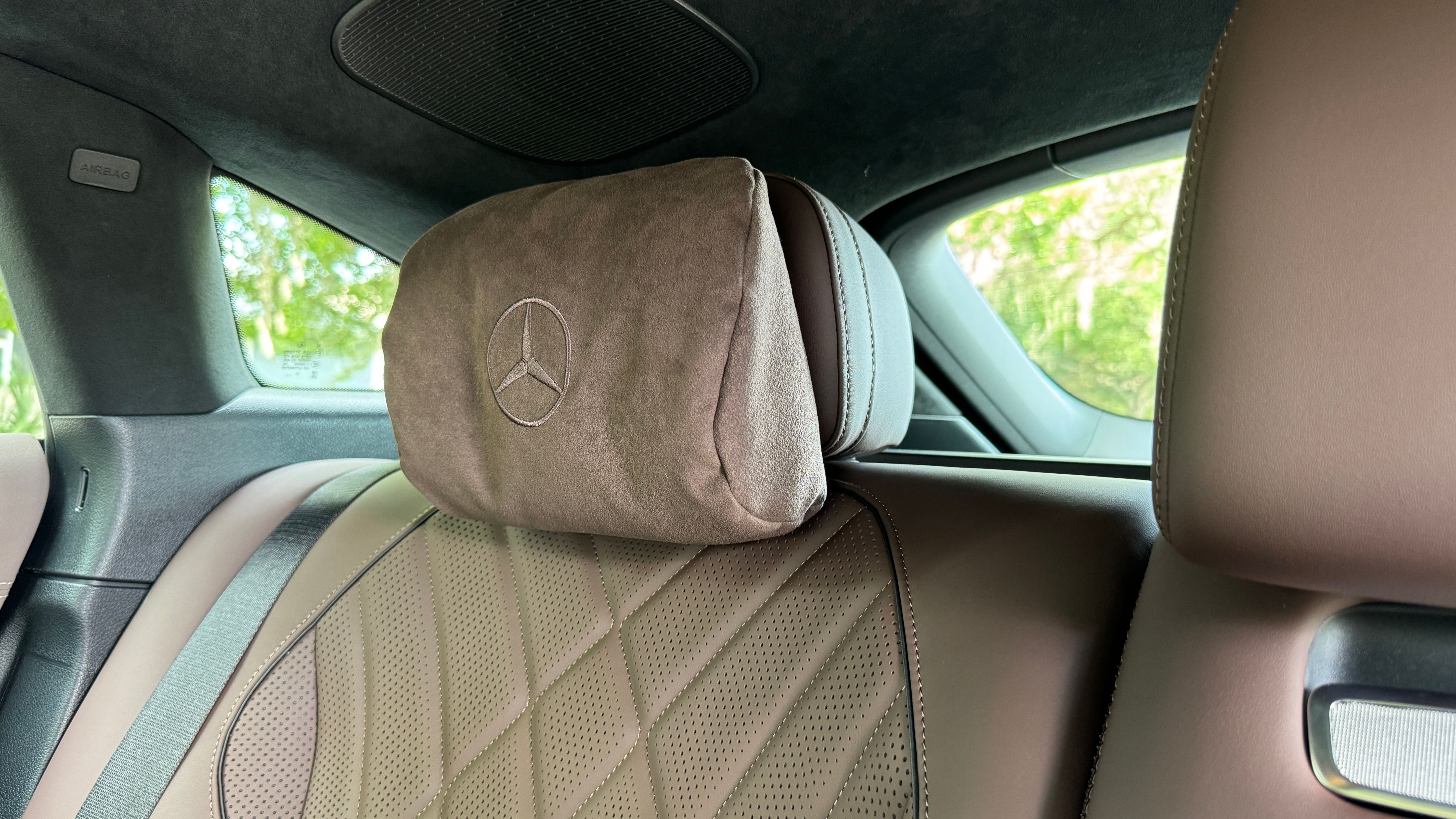
The BMW i7 is the most comparable vehicle, starting at $105,700 for the eDrive50 model, which delivers more power than the EQS 450+ but a lower range. The xDrive60 produces exactly the same power as the EQS 580, but is slower to 60 mph and doesn’t go as far on a charge. Mercedes wins against BMW on range, but we prefer the i7’s more conventional styling, cabin layout, and rear comfort. But, if you value charging speed, range, and cargo capacity, the EQS Sedan is the superior electric flagship.
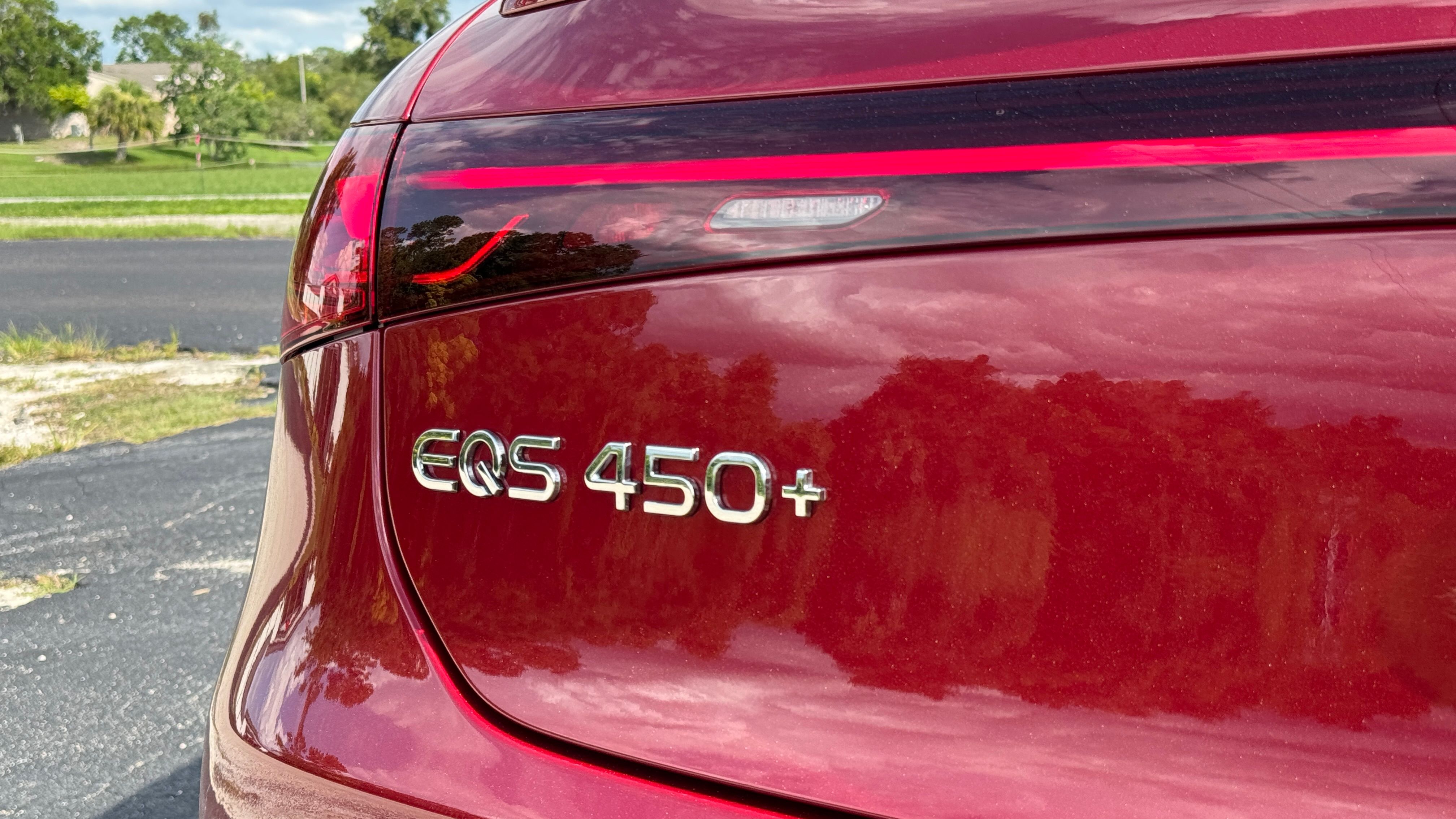
From the March/April 2024 issue of Car and Driver.
There’s a concept popularized by the English philosopher William of Ockham in the 1300s. Called Occam’s razor, it advises that, when given multiple hypotheses with equal explanatory power over a phenomenon, the simplest answer is most often the right one.
For example, say a compact German performance sedan accelerates to 60 mph in under three seconds. You’d suppose it’s sending power to all four wheels, and it’s possibly electric. But you wouldn’t float a theory that it’s a plug-in hybrid where, even in Electric mode, it can shift between rear- or all-wheel drive or that its electrified turbocharger can recharge the battery. But, in the case of the Mercedes-AMG C63 S E Performance, this more complicated explanation is correct. Occam’s razor evidently doesn’t cut it with engineers in Affalterbach.
HIGHS: Manically responsive powertrain, near-seamless operation, confidence-inspiring dynamics.
Perhaps AMG was looking for a fresh challenge after installing a very nearly Formula 1 powertrain in its One hypercar. But this is arguably the most complex powertrain in the new-car market, which is saying something in this era of blended combustion-and-electric propulsion. In total, this highest-performing C-class makes 671 horsepower and has three electric motors. The most powerful one gets its own two-speed gearbox and spins coaxially with the rear axle. Another motor hangs off the front of the most powerful production four-cylinder engine ever. And AMG integrated the third into the turbocharger, primarily for preemptive boosting to minimize lag. Comprehending all of it requires a diagram [see “AMG’s New Plug-In-Hybrid Math Explained“].
View PhotosCharlie Magee|Car and Driver
Equal parts picturesque, challenging, well maintained, and deserted, the roads just east of Marseille—although sometimes a bit narrow—did not disappoint.
With the C63 not yet available in the United States, we decamped to the South of France for a thorough wringing out. (Why not simply call it southern France, you ask? The French labels just aren’t that simple.) Trundling through low-speed stop-and-go traffic, we find it remarkable how seamlessly and harmoniously the C63’s powertrain works together. We often joke that a bad vehicle can feel like a collection of parts flying together in close formation, but the C63 instead could feel like a collection of power trains. In the default Comfort mode, the engine turns on and off regularly and does so very smoothly, more so than some shifts, despite its high-strung nature—469 horsepower, 235.6 horsepower per liter, and 23.0 psi of peak boost. But this latest and most powerful incarnation of the M139 2.0-liter inline-four can sound reedy and buzzy under these conditions; in other words, it can sound like the generator it sometimes is.
Making our way to the coast southeast of Marseille, we encounter narrow roads barely a lane wide in small towns, and the modestly sized C-class instantly feels more like an S-class. France has odd trapezoidal speed bumps that are roughly the same size as a vehicle’s track width and meant to be straddled. Once clear of those, we become aware that the signs depicting a sliding car and reading Verglas Fréquent (literally, “frequent ice”) mean we’re getting close to the best roads, the ones that appear to have been paved by a dog chasing its tail.
There’s road texture coming through the steering wheel, and the on-center effort is a deep vee, sneeze-proof at unlimited autobahn speeds. There’s also appropriate damping on-center, which we much prefer to the BMW M3’s latest tuning. Turn-in is eager, but the effort ramp-up from there is a bit flat and subtle. In Sport mode and above, the engine stays on continuously and adds pops and crackles in heavy-throttle driving. Optional AMG Performance front seats are very supportive, especially in the thigh area, and not nearly as constrictive as BMW’s, with adjustable side bolstering and lumbar. The back seat is adult-habitable but not generous.
View PhotosCharlie Magee|Car and Driver
At max attack, the engine sounds urgent but not invigorating. Interior noise is a polite 78 decibels at wide-open throttle, a far cry from the 83 decibels of this C63’s fire-breathing V-8- powered predecessor. There’s more rearward power balance and willingness to corner neutrally in Sport+ and Race modes. But things don’t get hoony until you select Drift mode, which puts all the power to the rear axle and requires manual-shift mode and the commitment of switching the stability control all the way off. And even then, the C63 doesn’t bite. Dynamically, it’s very confidence-inspiring.
The ride quality is firm, but it’s more roll stiffness than ride harshness. Undulating roads can induce head toss, which is no surprise considering that the massive anti-roll bars could pass for plumbing stock. The brake pedal is squishy at the top of its travel—a knock on the tuning rather than the very capable brake hardware that produces stops from 70 mph in a ridiculously short 139 feet, partially due to a test surface that’s likely grippier than our norm.
View PhotosCharlie Magee|Car and Driver
Drift mode sends all power rearward to enable the big slidy stuff.
Take a ride on a 4000-rpm launch-control start, and after acclimating to the ferocity of the acceleration, you’ll notice what feels like a lazy shift or the engine briefly hitting the limiter at the top of third gear at 76 mph. That’s the one-two shift for the rear motor. Even with that little hiccup in the power delivery, straight-line speed is serious—the Mercedes dispatches 60 mph in 2.9 seconds and the quarter-mile in 11.2 at 121 mph. That’s 0.7 and 0.6 second quicker, respectively, than the previous C63, although a good chunk of the gain is because this is the first top-dog-AMG C-class with all-wheel drive. For comparison, the last all-wheel-drive E63 S we tested shot to 60 mph in 3.0 seconds.
LOWS: Time-to-admit-it’s-a-problem weight gain, we miss the V-8 music, some less powerful competitors beat it in acceleration.
Although the BMW M3 CS is down a whopping 128 horsepower to the C63, it wins the quarter-mile race decisively. How can this be? Well, given that the Mercedes, at 4749 pounds, is heavier by a monstrous 859 pounds—that’s 762 more than the last C63—its power-to-weight ratio barely betters the Bimmer’s. But the C63 wins in responsiveness. Check out the 3.6- second time to 60 mph from a 5-mph rolling start, 0.4 second ahead of the BMW. It beats the Cadillac CT5-V Blackwing too. See also the 2.3-second 30-to-50-mph time, which bests the M3 CS, even though the C63 starts this test with its engine off in Comfort mode (we perform passing tests in a car’s default drive mode). In Race mode, the 30-to-50-mph passing time drops to 1.5 seconds, which is electric-car territory.



